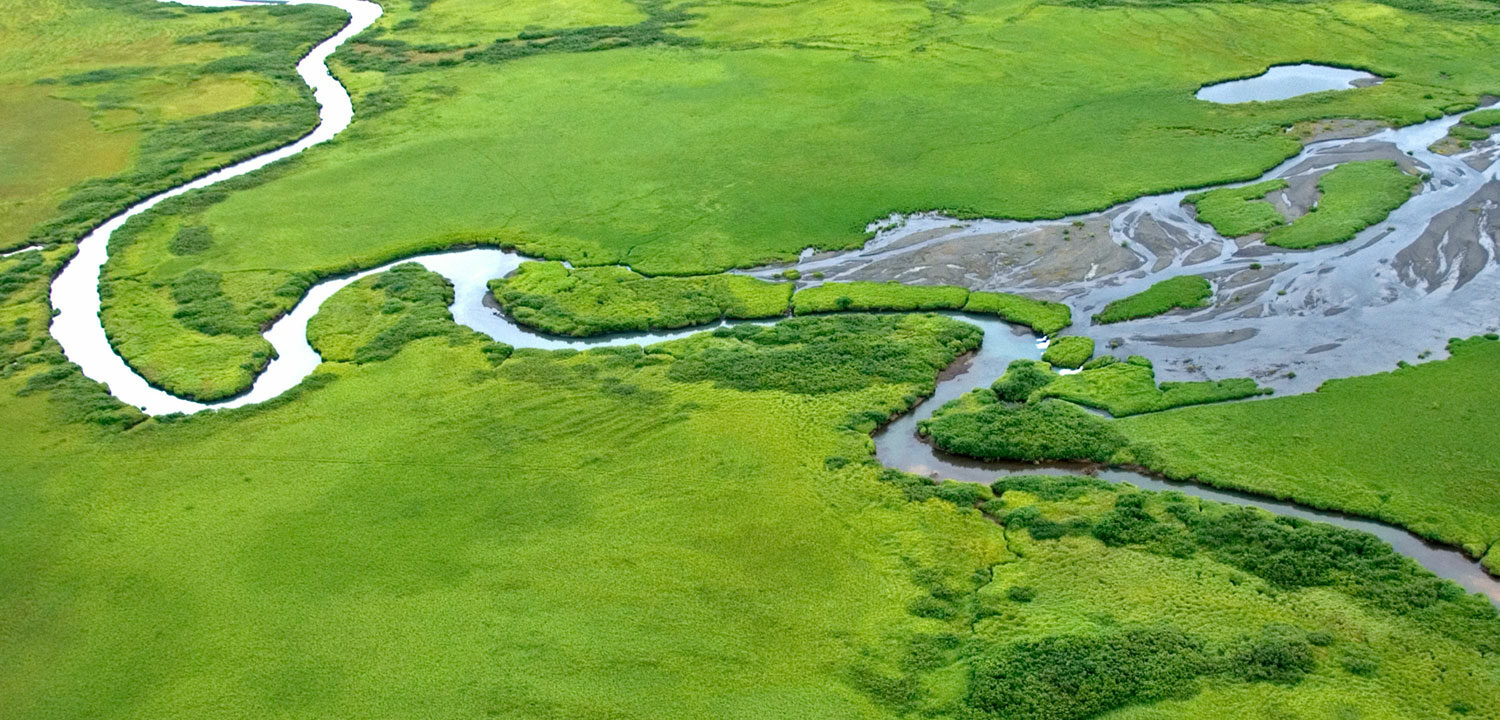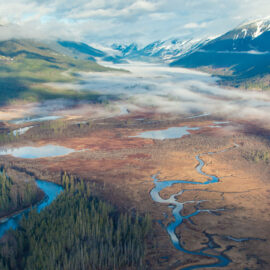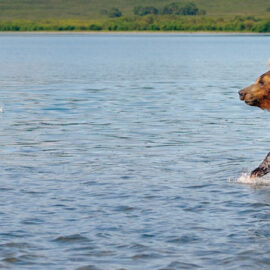Steelhead and most salmon species on the Skeena River have returned in low numbers this year. We asked provincial fisheries biologist Mark Beere, based in Smithers, about potential causes and effects, as we head into fall.
WSC: What is the scientific consensus or best guess on why the returns are so low this year, except for coho? Is it related to the “warm blob” of recent years that sat offshore in the North Pacific and hurt prey species for salmon?
Beere: Lots of speculation and little consensus. Skeena steelhead (of the Interior Summer ecotype) have always fluctuated fairly widely since Tyee Test Fishery assessments (near the mouth of the Skeena) began in 1956. We typically see four to six relatively strong years followed by four to six relatively weak years. The odd thing is strong brood years don’t necessarily produce strong returns, even when one factors in the 33 or so life history strategies of these fish.
How do these low returns compare with dips in ocean productivity in the past — are they more extreme in terms of reduced forage for salmon?
We’ve seen 20 or so worse years in the last six decades; however the tidal commercial salmon fishery had much more effort in the past. Oceanographic knowledge is much better now so I can’t really compare and I am not a subject expert here. But I think ocean productivity is less now than in the recent (60 year) past and there is more competition for the existing foraging grounds in the North Pacific than ever. Warmer, unsuitable regions of the Pacific seem to be ‘squeezing’ fish into smaller spaces.
What are you hearing from the different fishing communities — commercial, sport, subsistence — as to how this is affecting them and how they are coping?
First Nations, rec anglers and commercial rec/commercial fishers are all feeling the pinch of reduced opportunities and smaller catches. At present, they are taking a loss and hoping for improvement later in the season and in subsequent years.
Are we likely to see curtailed or no fishing right through the fall runs? How will this affect the big fall sport season?
High temperature and low flow events may precipitate curtailed fishing or fishing closures. For steelhead, we already have very conservative approach to management, so we likely would only see closures if First Nations request exclusivity or if water temps reach up near 19 or 20 degrees C ( 66 – 68 degrees F). In a good sign, it appears that there may be a few more sockeye then first predicted and that First Nations are finding more food than initially anticipated.




